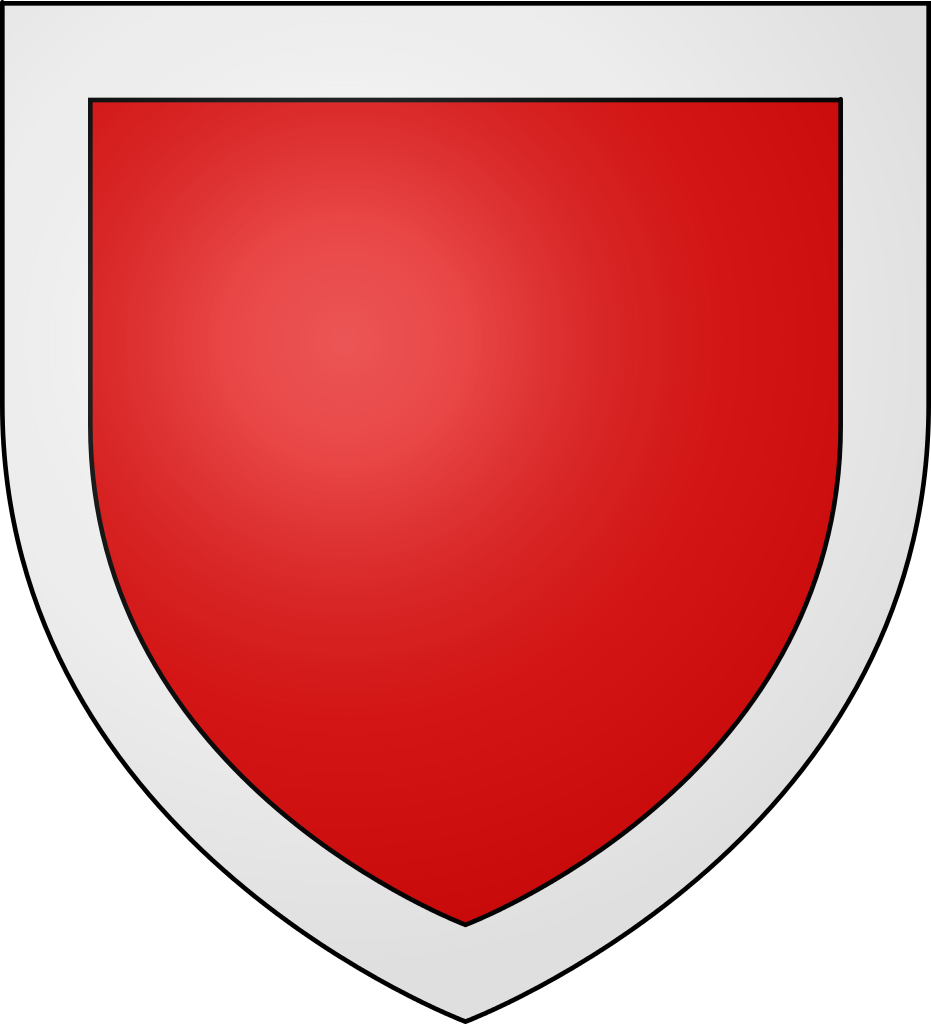
Hamrun is a hamlet in the centre of the Maltese Island, some 2 miles away from the capital Valletta. When the town was established, it took lands
that where prior part of Qormi, Birkirkara and Floriana. The town’s limits were much larger than they are today, this is due to the foundation of
new parishes in Saint Venera and Marsa. “Propera Augesco”, in Maltese ‘Dlonk Nikber’ or ‘Grew Rapidly’ in English is the town motto. This motto is
derived from the fact that when the town was established it grew very rapidly to what we know Hamrun to be
today. ...
Today, Hamrun is not what it used to be sixty or seventy years ago due to the progress it went through. In Hamrun, one finds many different shops that
manage to fulfil the needs of all its residents without having them have to go far away for all their needs.
The town’s first name was “Casale San Giuseppe”, the town of Saint Joseph. This name came from a church that was found in the north part of the main
street, also named for Saint Joseph, which to this day, still has the same name. This name stuck till 1888, when the government chose Hamrun as the
official name of the town to solve a disagreement between the local people.
There are two versions of where ‘Hamrun’ came from. The first one states that the word ‘Hamrun’ is derived from ‘hamrija’, soil in Maltese.
It is said that the area had red soil which was quite unique. The second version, states that the name comes from a nickname of a family that lived
in the centre of St. Joseph’s High Road. The nickname of this family, which still exists to this day is very similar to the town’s name. The nickname
belonged to a certain Gamri Zammit from Valletta who had a small tavern where later the Hollywood Theatre was built. Both versions of the story are
widely accepted as Hamrun is very similar to the nickname ‘Hamruni’ and because in the De Vilhena foundation of the time, ‘Hamrija’ is listed as the name
of the area. The official emblem of the town is a red shield on a white background.
Although Hamrun is relatively a new town on the island, it has a long and interesting history. In fact, in Hamrun we find many Roman Graves. During the
Knights’ stay on the island, Hamrun was used to store ammunition in various storage houses. In Hamrun one can also find a few palaces, amongst them one
in St. Joseph’s High Road and one near the Sanctuary of Our Lady of Atocia where it is said that it belonged to the Grand Master De Rohan of the Order
of St. John.
In St. Cajetan Street, one also finds the water tower that was used to store water coming from the aqueduct. The tower was built in 1780 by Grand Master
De Rohan. During the rebellion against the French’s stay on the island, Atocia Hill, which is very close to Valletta, was a focal point used by the Maltese
as a fort against the French. During the Great war, the town served a shelter for many to escape the enemy. A result of this are the many shelters we find
in the town. It was during this time that many buildings started acting as a court and even hospitals.
When the new Malta Train was inaugurated by Governor Borton, in February 1883, one of the stations was in Hamrun. Today the building is occupied by the
Malta Dairy Products and the Hamrun Scouts.
Cinematography also plays a huge part in the history of the town. When the first cinemas arrived on the island, multiple cinemas opened in Hamrun,
amongst them was the Hollywood Theatre, Radio City, San Remo, Odeon, and others. Unfortunately, many of the building that housed these theatres were
demolished to make room for more modern buildings.
Today, Hamrun is a commercial centre, where one can simply find everything, from clothes, food, furniture and more. The Headquarters of many clubs and
political parties are also found in the town. Hamrun is also known in the sports field as during its history it received many honours and awards in
the sports.
St. Cajetan is synonymous with Hamrun, where apart from the devotion of many locals towards him, his feast in August attracts thousand from all around
the island. Hamrun also has another parish dedicated to the Immaculate Conception of Our Lady and celebrates the feast in July. Hamrun is also synonymous
with the first Maltese Saint, Saint George Preca, who spent most of his life in the town and the parish church. It was in Hamrun, that he started his
Doctrine society that later spread all around the island and the world.